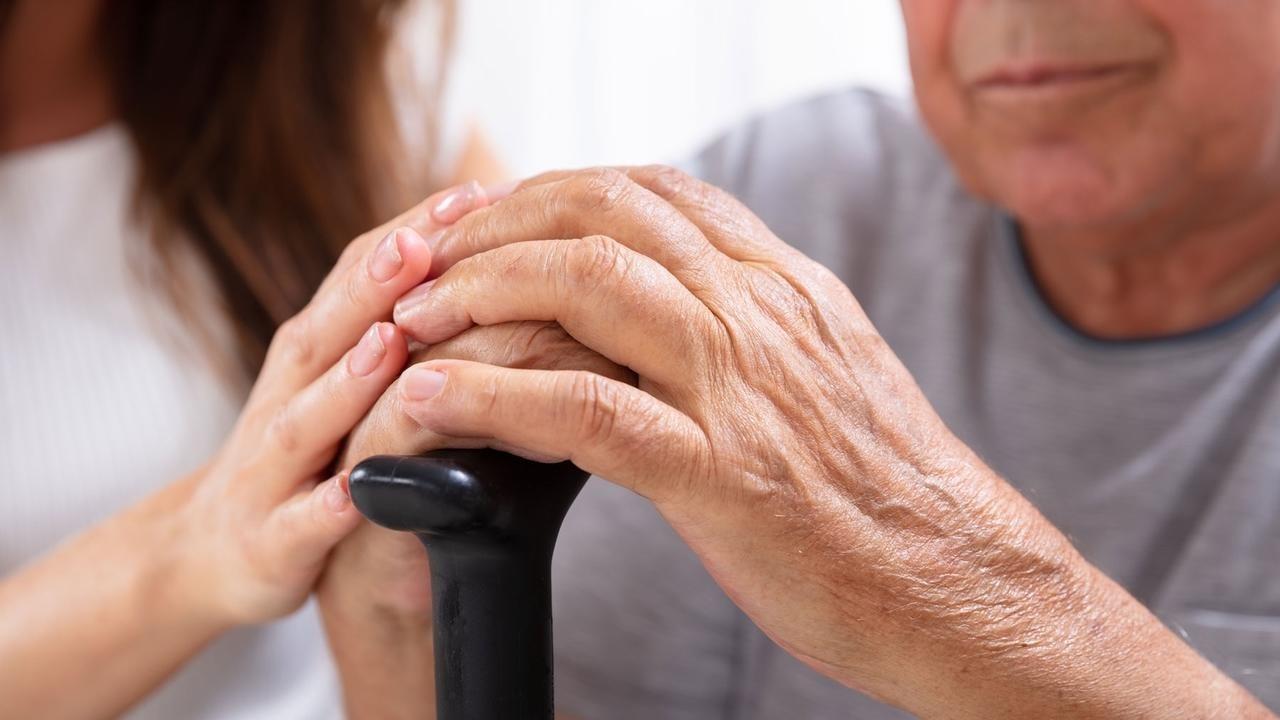Which Costs More, Live-In Home Care or Assisted Living?

By Cheryl Mathieu Ph.D., M.S.W.
I got a frantic call from “Anne”, she was deeply concerned about her 92 year old father. “Alan” has been living at home alone, and he fell and asked for help. She took him to Urgent Care and nothing was broken, so they went home relieved. Although he could hobble around, he could not easily get food for himself. Anne was really worried about him falling again and getting seriously injured. I discussed care options with Anne to keep him safe, including hiring a caregiver to live with him or moving to an assisted living.
When she heard that full-time live-in care may cost $15,000 a month, she said he couldn’t afford it. Anne wasn’t in a situation where she could provide care herself, but she didn’t think he would be willing to move to assisted living. In the US the average cost for a private room in a specialty assisted living community is $3,670 per month. This was affordable for Alan, but would he be worse off there? Would he decline faster? Would he put up a fight?
When she heard that full-time live-in care may cost $15,000 a month, she said he couldn’t afford it.
Many people are in Anne’s situation, wanting to do what’s best for their aging parent, and on the edge of a crisis. The costs of full time care at home exceed most family budgets, but the thought of assisted living brings up fears and other reasons to avoid it. Are these fears accurate? Earlier in my 20+ year career I had the same concerns about assisted living. But these days there are excellent assisted living communities, with amenities that include laundry service, massage therapy, gyms, pools, and even movie theaters. Initially I was surprised to see that my clients who made the move actually thrived, felt connected to their peers, and their needs were taken care of so they could have more energy for relationships that mattered.
I found a couple nice residential care homes near Alan’s current home, and met Anne to show her what it would be like. She found one she liked and said she’d think about it. The money made sense for them, but no decision was made and Alan stayed at home. In my role as a guide I am mindful that each family situation is different, the decision is theirs to make, so I work to educate them on the options rather than push for a certain outcome. Some families are able to fully care for their aging parent at home, which is amazing and should be celebrated. But many people are in Anne's situation, on the edge of a potential injury.
Too many people have a false security about their parent staying at home, but they are one crisis away from a debilitating fall. Since they don’t feel urgency to move they just hope that their parent will be safe at home without care. Unfortunately it will take an urgent situation to make a change, so they stay on the edge of a life-threatening disaster. I wish more families would avoid a crisis and choose a care option while their loved one is in good health, but it is up to them.
...they are one crisis away from a debilitating fall.
I got an urgent call from Anne a couple weeks ago, her dad fell again and he needed to move right away. She showed her dad the care home, and to her surprise Alan really liked it. The next morning he moved in, and he is safe and enjoying the community as he meet new friends and adjusts to his new place. Now Anne is able to sleep soundly knowing her dad is safe and happy.
That’s the true cost that we don’t always consider when evaluating care, having peace and knowing that you are doing what’s best for your loved one. Now when Anne visits they will be able to focus on their relationship, the things that matter, and she won’t have to leave him alone with an overwhelming sense of fear.
...having peace and knowing that you are doing what’s best for your loved one.
I called Anne today to check in, and she said she was thrilled to see her dad thriving in his new home. She helped him decorate with family photos and brought his favorite Veterans ball cap. Alan is happy to have people to talk to daily, and he enjoys feeling “waited on” by the helpful care staff. He does have days when he feels sad about not being able to live alone in his own home. These feelings are normal, so the care staff provides extra support for this transitional time to make him feel “at home”.
Thankfully he has recovered well from the fall, and now that he is surrounded by care, Anne has a sense of peace and relief knowing that he is now safe and happy in his new home. Anne is able to focus on their relationship when she visits, and doesn’t feel anxious for him when she leaves. That is the true value of a decision like this: peace of mind.
Are you in a similar situation as Anne?
You are not alone. Assisted living isn't for everyone, sometimes aging-in-place is a great option if there is strong support at home. The important thing is that you and your loved one know all your options, make an educated decisions, and find peace of mind that you made the right choice. You are invited to join the private Facebook group, the Age Sage Community, where we discuss these important topics. I've also created a short quiz that answers the question: "Is my mom or dad safe at home?" Want to connect with me? The best way is in the Age Sage Facebook group, simply visit the link below.



